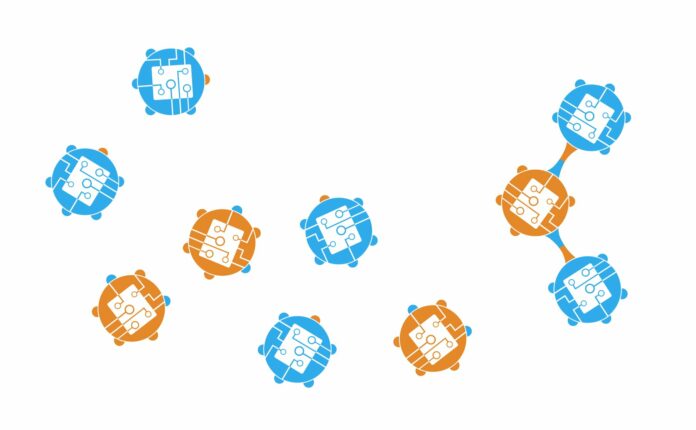In swarm robotics science, theoretical approaches are often used to abstractly describe robotic systems. The OBLOT method, which portrays robots as basic structures that are all alike, have no memory, and are unable to communicate with one another, is a widely used theoretical paradigm of robotics.
The MOBLOT model, in contrast with the OBLOT model and another multitude of advanced mechanics techniques, can be utilized in a more extensive assortment of circumstances where the balance of a robot swarm setup is disturbed.
Researchers at the University of L’Aquila and the University of Perugia in Italy recently created MOBLOT, an expansion of the OBLOT paradigm that can be applied to a wider range of swarm robotics systems. This new model, which was introduced at the 20th International Conference on Autonomous Agents and Multiagent Systems (AAMAS 2021), was inspired by how atoms spontaneously arrange themselves to form matter.
MOBLOT is a general theoretical model that may be applied to another swarm robotics research. It was, however, created with “weak” robots in mind, those with extremely limited capabilities (e.g., without memory or that cannot communicate with each other).
According to the paper, “MOBLOT is a modern paradigm in the sense of theoretical swarm robotics,” according to Alfredo Navarra, one of the study’s authors. Since the inspiration comes from nature, the acronym stands for Molecular OBLivious robOTs: In MOBLOT, basic (and very weak) robots will move to shape more complex computational units (also called molecules in the model), which have expanded and different capabilities than robots, similar to how atoms combine to form molecules.
When formed, molecular robots will self-assemble into any structure based on complex compositional properties, resulting in robotic “matter.” If additional inputs or stimuli are added after a shape has been shaped, the molecules can automatically rearrange (i.e., self-reconfigure) their positions to change the shape.
In contrast to the OBLOT model and other swarm robotics methods, the MOBLOT model can be used in a broader range of cases where a robot swarm formation’s symmetry is broken. The model formalizes the behavior of very simple robots, which can aggregate to form more complex robotic structures (the “molecules”), which can then aggregate to form various types of final compounds (the “matter”).
Follow and connect with us on Facebook, LinkedIn & Twitter

